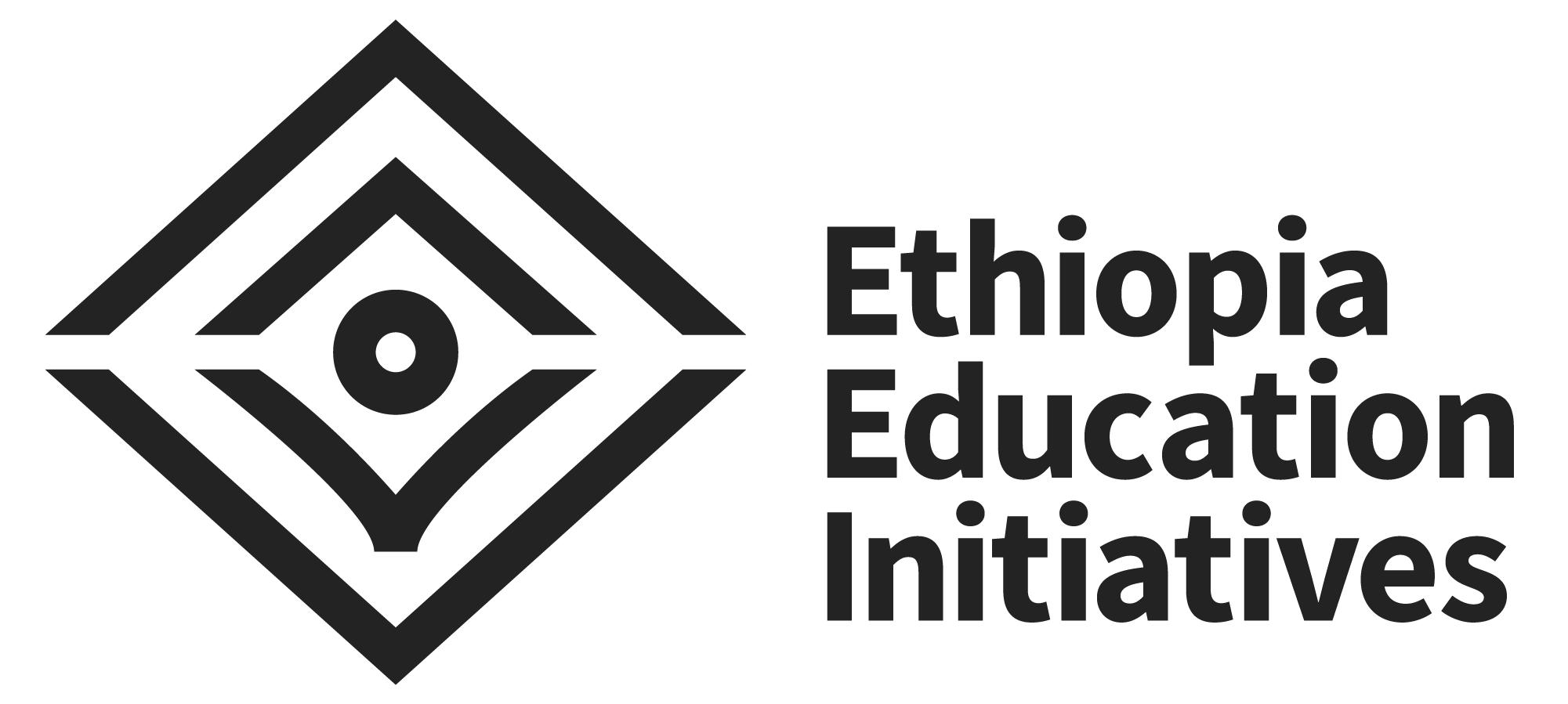Co-curricular Leadership
Claudia Alvarez is part of Haile-Manas Academy’s founding faculty. In addition to teaching physics and math, she has years of experience leading extracurricular and co-curricular activities. In her post, she explains how co-curricular activities help students develop leadership skills.
As a teacher, I value co-curricular activities because they give me a chance to build a different kind of connection with students than the relationships built in my physics and math classrooms. Co-curricular activities allow students to work in areas based on their interests, to deeper into content without the pressure of having to master all the skills within a certain amount of time. They also have the chance to lead and as a mentor I can support that leadership.
At my previous school, I was the Environmental Awareness Club advisor for three years. It was great to be a mentor to the students in the club, and to be available to them when they had questions for an adult about what to do. However, there is a difference between instructing and advising. If the club had been a traditional classroom subject, I would have given them specific assignments, but that kind of instruction can put limits on students’ creativity and ability to work together as a team to problem solve. Students can often work better under less constrictive borders.
As members of that club, students made real change, not only at our school but also beyond our campus. Before the club, our school was not conscious of single-use plastics or water consumption, but thanks to the students’ work, after two years, we made changes campus-wide. In the club’s third year, the students started an Instagram page where they offered “eco-tips” and live events, with other students from all over following them. It was great to see young people leading young people!
I’ve advised student co-curricular groups that have done everything from learning how to use 3D printers to build prosthetics, to place-based learning through field trips to faraway places, to construction and home-building service projects to foster community development. In each of these projects, I saw students take leadership roles, receive training and then teach their fellow students, present their new knowledge at youth-led conferences, and become more comfortable with who they were as people.
In many instances, I knew no more than the students did, and in some cases they were actually more skillful than me. They saw me learn with them, make mistakes, try again, and not give up, which I think is how it should be. If we want kids to be lifelong learners, we (the adults) have to prove we are also lifelong learners.
That’s what we want for HMA students, for them to know and feel that they have a community who is there for them: teachers, classmates, friends. Co-curriculars will be a key part of this, to give students more opportunities to develop the courage and self-confidence to learn and try new things. I will be learning right along with them!
